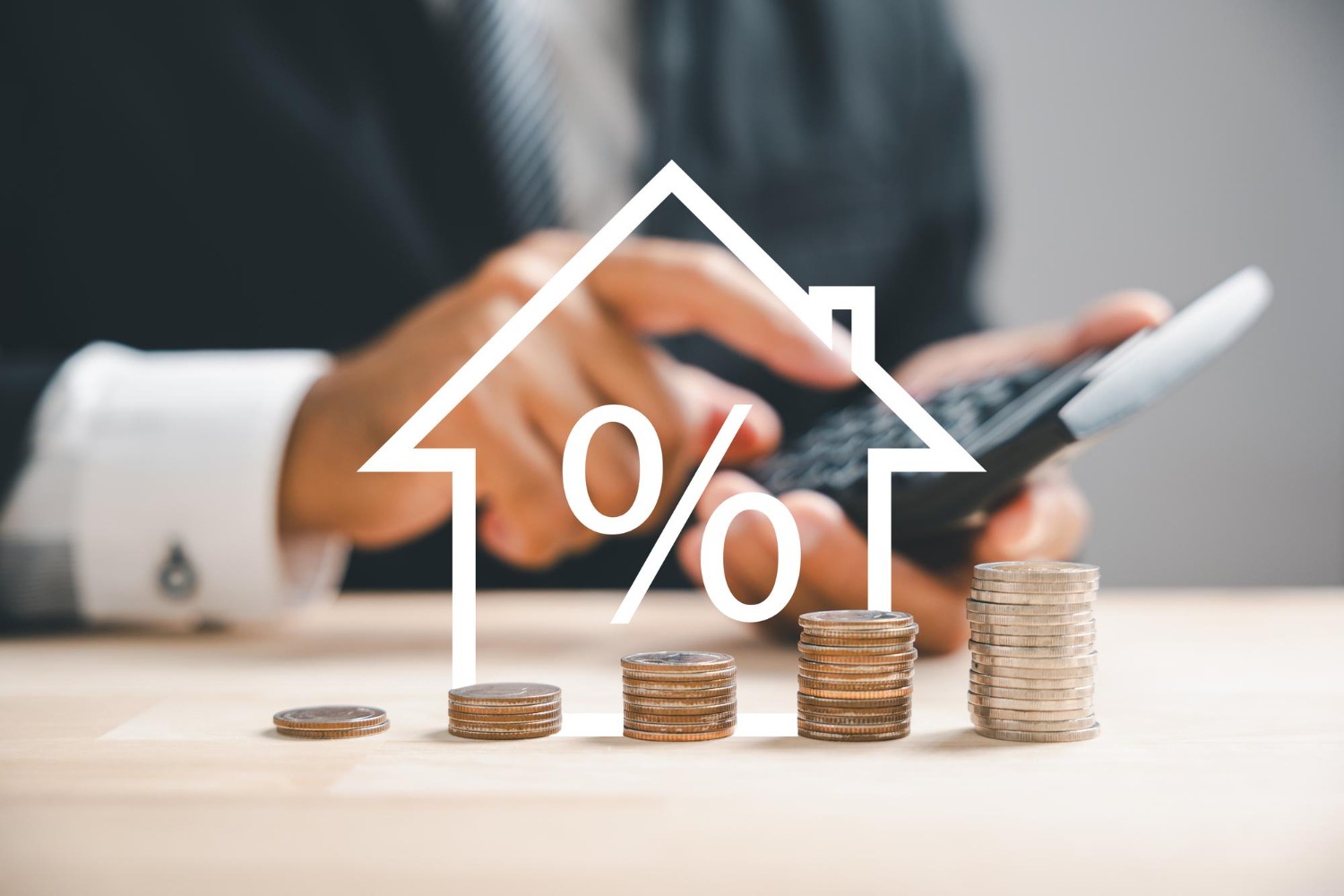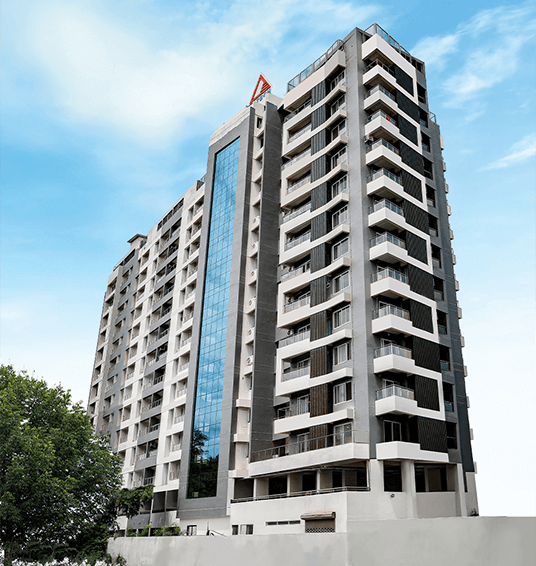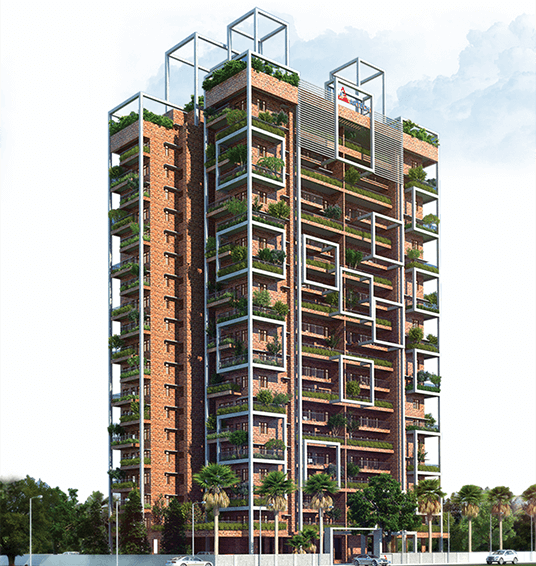
You bought an apartment and you moved in with your family and household items. But have you given a thought about maintenance? Though you own the apartment, you are a resident of the apartment complex, which means you are required to pay monthly charges for the maintenance of the common areas in addition to plumbing and electrical repairs inside your apartment. The expenses incurred in the common area are shared by all the residents and is collected by the residents’ association.
To arrive at the monthly maintenance fee for the apartment, you have to take into account the monthly expenses and an additional amount for maintenance and repairs. Though every residents’ society decides on the method to arrive at a fair and reasonable monthly maintenance fee, there are some general guidelines that one can follow.
You can find some of the popular methods to calculate the maintenance fee for your apartment along with their advantages and disadvantages below:
Equal Fee for All
This is perhaps the simplest of all models where a fixed amount is charged on all apartments. However, it is also one of the most unfair. It works very well in apartment complexes with same sized flats. In most modern complexes, that is not the case and the small apartment owners end up paying an unfair amount of maintenance.
Pay According to Area
The most commonly used and popular method to calculate the apartment maintenance fee is paying according to the area. A rate is fixed for one square feet and then multiplied by the total square feet area of your flat in this method. This means that if you have a larger home, you will end up paying more. The popularity of this method comes from the fact that it is easier to calculate. However, since the common facilities such as lift, garden, club, security services, swimming pool etc. are shared by all members, it is slightly unfair for the large apartment holders to pay more.
Partially Equal Fee
In this method, a particular amount of money is charged on the area up to a predetermined square feet value. Beyond that, any increment in area is charged according to a unit decided by the apartment association.
Hybrid Charges
In order to be fair on the large apartment owners, a hybrid method is implemented by some
residents’ societies. The method involves splitting the charges into two with the first part including all the common expenses incurred on lifts, security staff salary, stationary, property taxes, conveyance, audit fees, meeting charges, common electricity etc. The second part includes the area based charges that are specific to the apartments such as water charge and electricity usage.
There is also a non-refundable sinking fund which is charged by the society for major repairs. Every member is supposed to contribute to the sinking fund, which grows over the years. It is conventional to collect at least 0.25% of the construction cost of the apartment excluding the cost of land as sinking fund charges. This also depends on the size of the apartment and the amount stays with the society until repairs are undertaken.
Though it aims to be fair on all parties, there is still a difference in opinion on which items should be charged as per apartment size.
Conclusion
As you have now understood, there is no perfect way to calculate the maintenance fee that an apartment owner should pay the residents’ association. Every model has its own advantages and disadvantages and depending on the apartment complex, the residents’ society should decide which model works best for them and implement it accordingly. Further, a half-yearly meeting should be held to discuss the feasibility of the plan and also to cut down any charges that are imposed unnecessarily.













